Force and mechanical measuring equipment
– Handheld design, compact, sturdy.
– Measure pH/temperature directly in milk.
– Accuracy up to ±0.002 pH.
– Automatic calibration at 1 or 2 points.
– Automatic data recording
– Automatic temperature compensation
– Export data to PC using USB cable
– The meter comes complete with electrodes, standard solutions, cleaning solutions and batteries.
– Convenient and sturdy suitcase for carrying the machine when traveling
THE IMPORTANCE OF MEASURING pH IN MILK
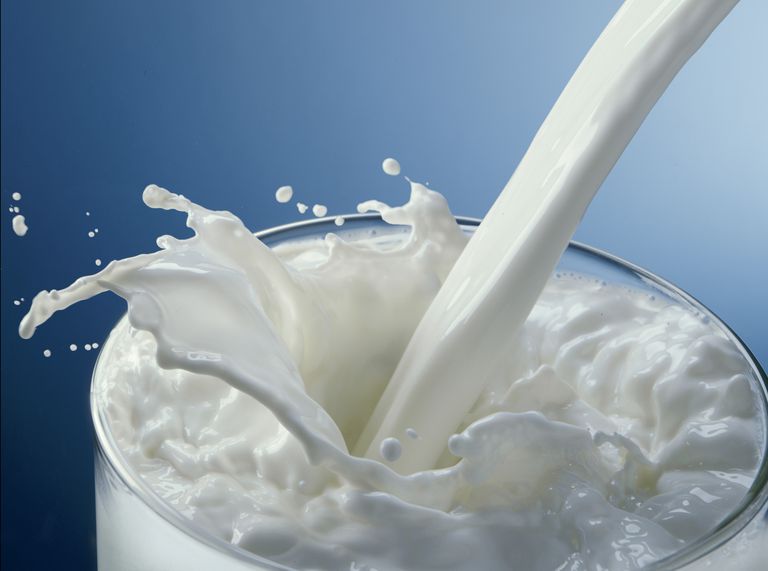
Measuring pH in milk is important in checking for impurities, spoilage, and signs of infection such as mastitis. When factors that affect the composition of milk exist, measuring pH can help producers understand what is causing certain compositional changes. pH measurements are often performed at various points in a dairy processing plant.
Fresh milk normally has a pH of 6.7. When the pH of milk is lower than 6.7, the milk is usually spoiled due to bacterial degradation. Bacteria from the Lactobacillaceae group, lactic acid bacteria (LAB), are responsible for the breakdown of lactose in milk to form lactic acid. Finally, when the milk reaches an acidic pH, curdling or clumping occurs, along with the characteristic smell and taste of “sour” milk.
Milk with a pH greater than 6.7 is likely to come from a cow with mastitis. Mastitis is a constant challenge for dairy cows. When infected, the cow’s immune system releases histamine and other compounds in response to the infection. There is an increase in the permeability of the epithelial and mesothelial cell layers, allowing blood components to pass through a paracellular pathway. Because the plasma is slightly alkaline, the pH of the milk will be higher than normal. Often dairy producers can perform a somatic cell count to detect mastitis, but pH measurement is a quick way to screen for infection. Understanding the pH of raw milk can also help manufacturers optimize processing techniques. For example, in operations using Ultra High Temperature (UHT) processing, even small variations from pH 6.7 can affect the time required to pasteurize and stabilize the milk after processing.
MODERN FEATURES OF METER
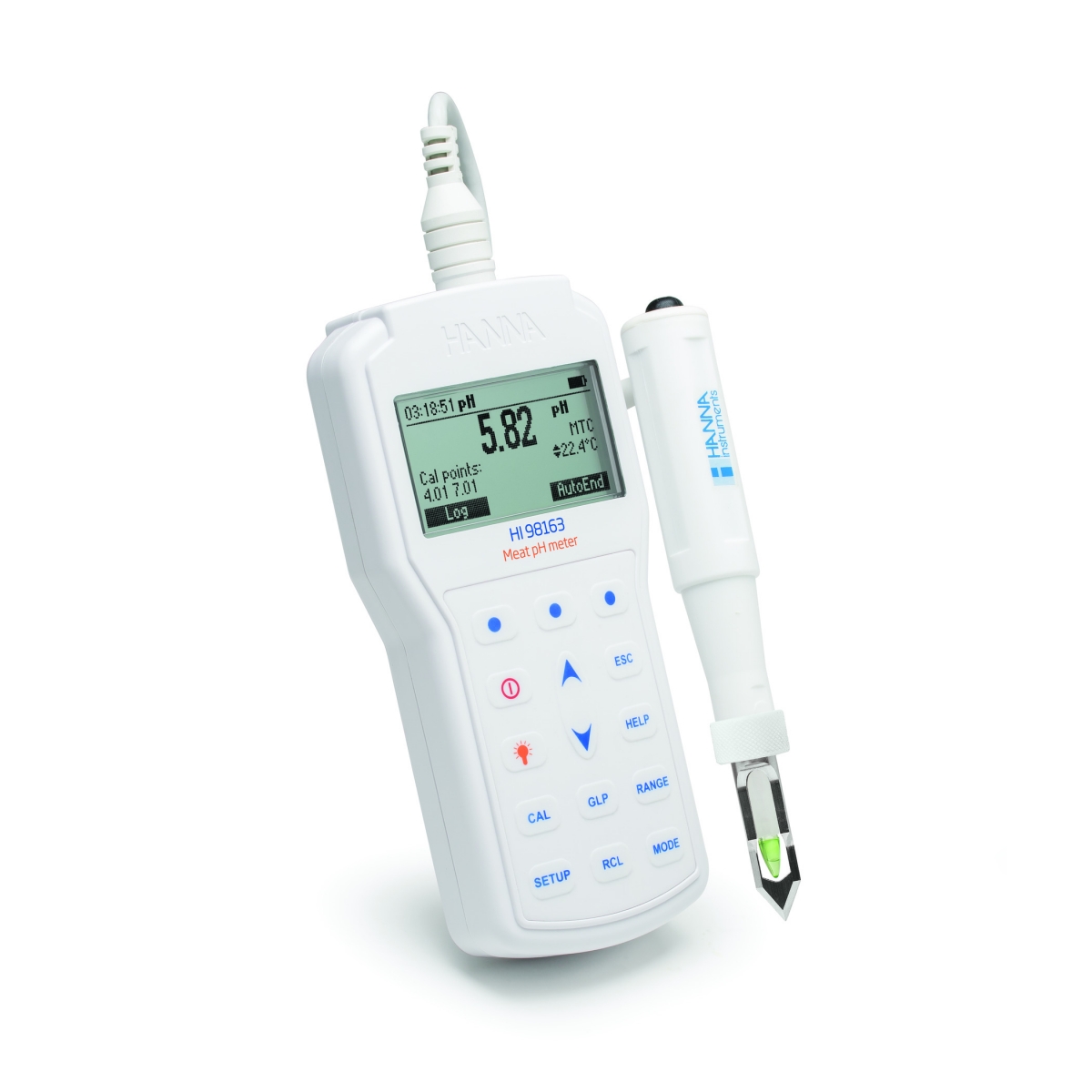
WARNING ELECTRODE CONDITION BY LINE
– A 1 to 5 bar indicator on the display shows the actual condition of the pH electrode
– Warning when the electrode needs to be cleaned or recalibrated
AUTOMATIC CALIBRATION
– Calibration helps the machine always be in the most optimal condition when measuring pH, ensuring high accuracy for measured pH results.
– Just dip the electrode into the standard solution, press the button and the machine will automatically calibrate 4.01,7.01,10.01 or NIST 4.01, 6.86, 9.18.
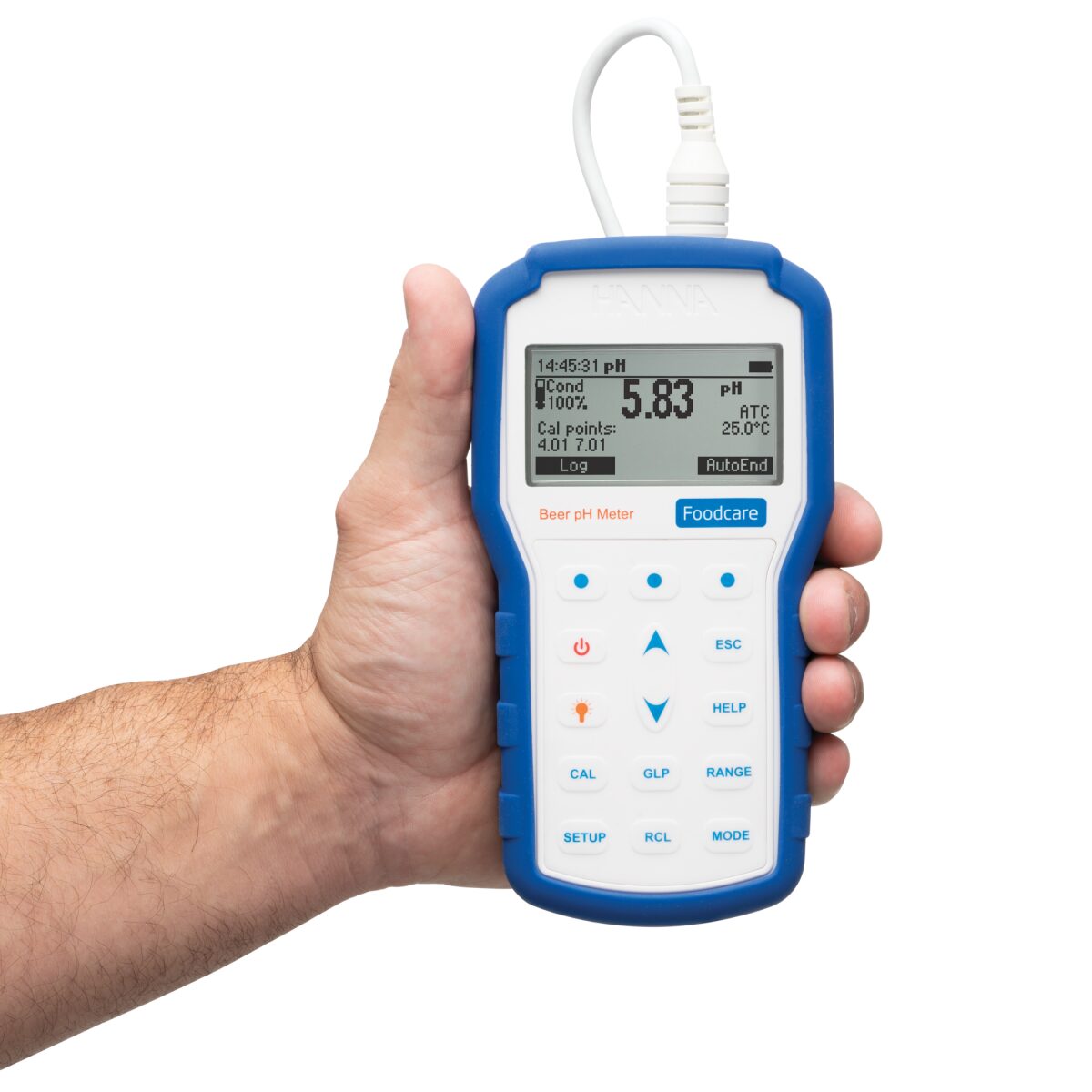
Crafted to fit comfortably in the hand for use in the field.
Choose from a waterproof case and a shockproof rubber case (purchase separately)
WATERPROOF CASE
Designed to withstand light impacts, the new IP67 body ensures top performance in any environment.
The housing is protected against dust and moisture entering from any direction or from wet handles.
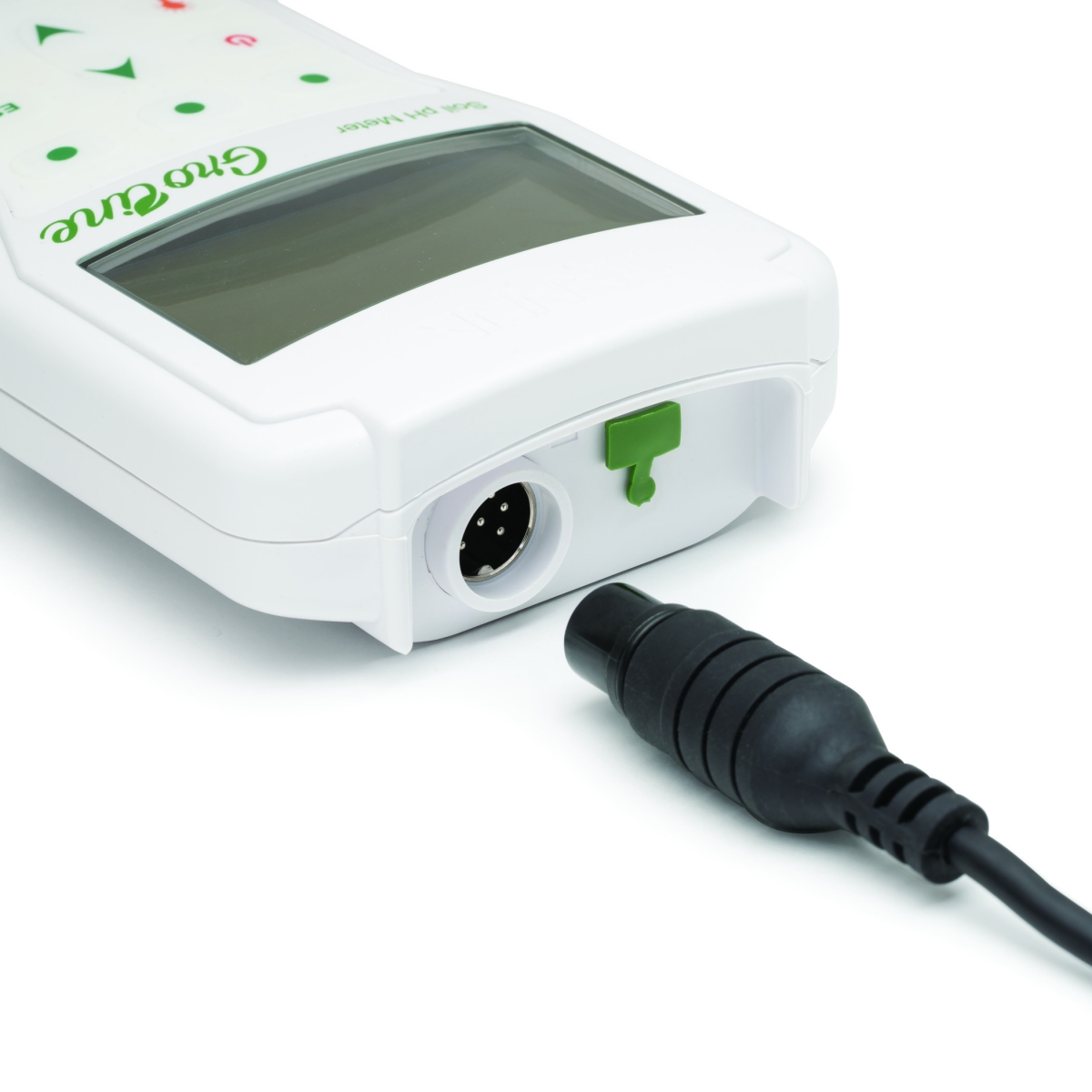
QUICK CONNECT ELECTRODE MOUNTING PORT
The “Quick DIN” connector makes attaching and removing the probe simple and easy.
The rubber layer protects the cable and seals against water without twisting, helping to avoid broken pins like the old style.
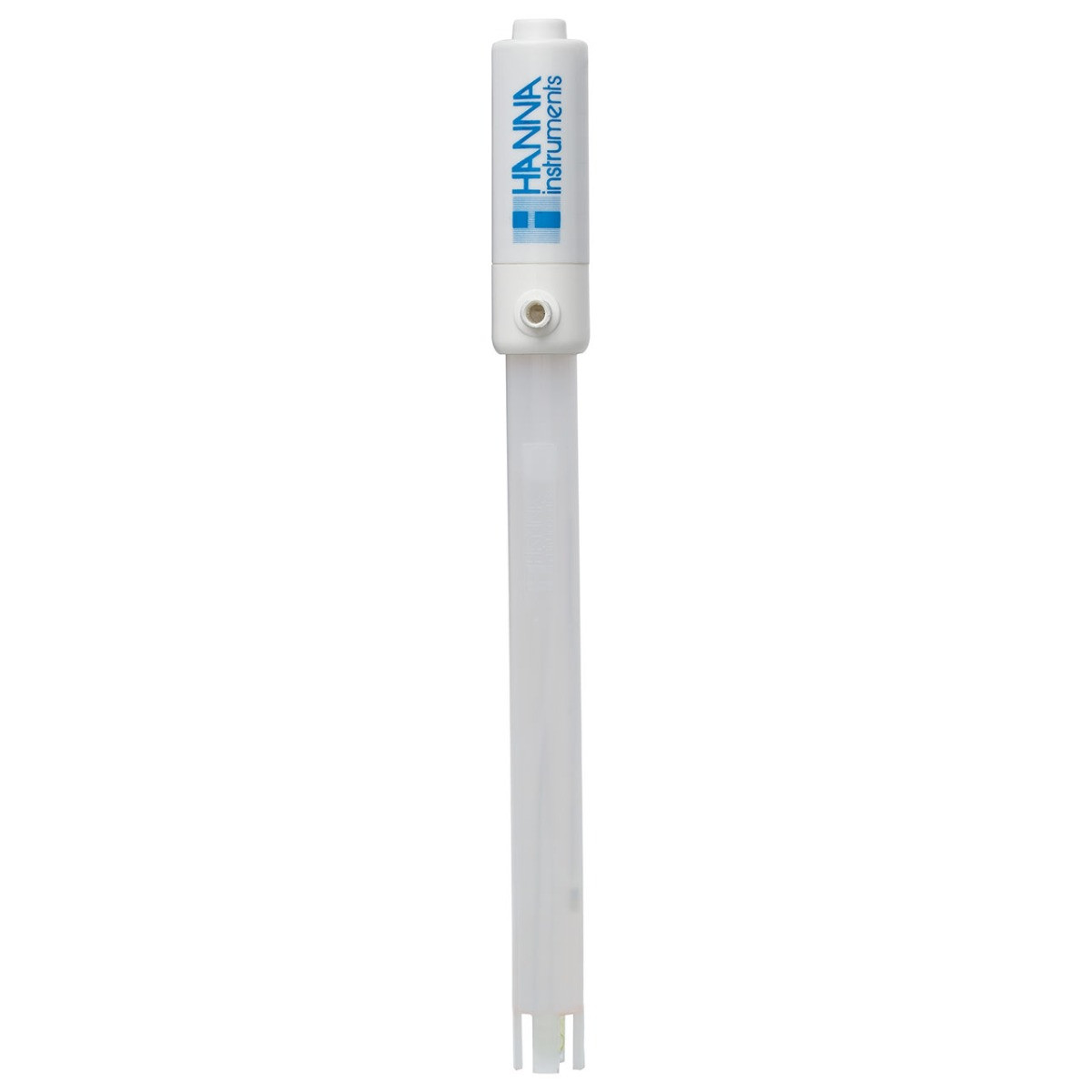
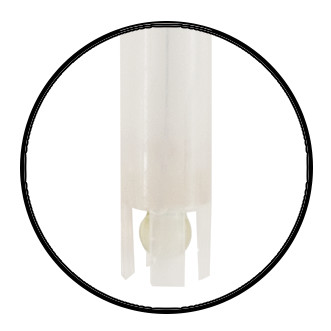
The spherical bulb is used for general purpose in the food industry. Measurements can be made in liquids or slurries allowing easy measurement of solid and semi-solid food products.
ELECTRODE BODY MADE OF PVDF PLASTIC
Polyvinylidene fluoride (PVDF) is a food grade plastic that is most resistant to chemicals and solvents, including sodium hypochlorite. PVDF resin resists abrasion, mechanical strength and is resistant to ultraviolet and nuclear rays. PVDF is also mold resistant.
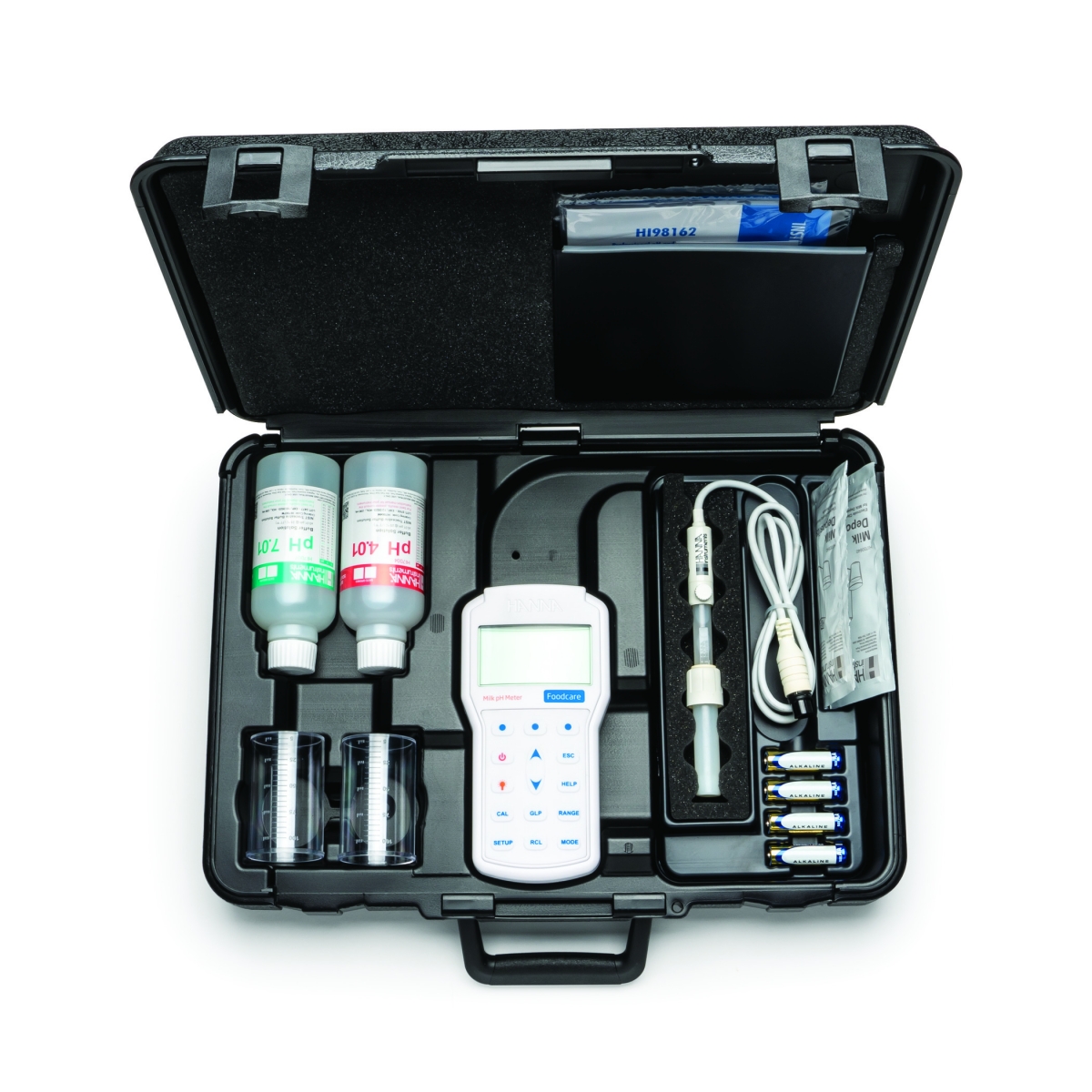
– HI700630 specialized electrode cleaning solution package helps dissolve dirt on the electrode after measuring in soft meat samples or semi-solid products. CLEANING THE ELECTROD AFTER EACH MEASUREMENT is very important, if there is dirt on the electrode, it will quickly damage the electrode. Specialized cleaning solution helps wash pH electrodes quickly, easily removes oils and solids found in food products, and prolongs electrode life..
– pH4.01 &7.01 standard solutions in sachets ensure freshness for each calibration.
– Suitcase for carrying the device with a sturdy frame inside.
SPECIFICATIONS
|
The scale |
pH |
-2.0 to 20.0 pH -2.00 to 20.00 pH -2,000 to 20,000 pH |
|
mV |
±2000 mV |
|
|
t° |
-20.0 to 120.0°C (-4.0 to 248.0°F) |
|
|
Resolution |
pH |
0.1 pH; 0.01 pH; 0.001 pH |
|
mV |
0.1 mV |
|
|
t° |
0.1°C (0.1°F) |
|
|
Accuracy |
pH |
±0.1 pH ±0.01 pH ±0.002 pH |
|
mV |
±0.2 mV |
|
|
t° |
±0.4°C (±0.8°F) (excluding probe error) |
|
|
Relative mV offset scale |
±2000 mV |
|
|
pH calibration |
Up to 5 points (1.68, 4.01, 6.86, 7.01, 9.18, 10.01, 12.45) and 5 custom pads |
|
|
Heat compensation |
Manual or automatic -20.0 to 120.0°C (-4.0 to 248.0°F) |
|
|
pH electrode |
FC1013 preamplifier with built-in temperature sensor, DIN port and 1m cable The FC1013 electrode measures pH from 0 to 12 and temperature from 0 to 50°C only. |
|
|
Input impedance |
1012 Ω |
|
|
Record data |
200 samples (100 for pH and 100 for mV) |
|
|
Connect computer |
By USB port with HI92000 software (free download) and micro USB cable |
|
|
The battery |
4 AAA 1.5V batteries/about 200 hours of continuous use without backlight |
|
|
Environment |
0 to 50°C (32 to 122°F); RH max 100% (IP67) |
|
|
Size |
185 x 93 x 35.2 mm |
|
|
Mass |
400 g |
|
|
Guarantee |
12 months for the machine and 6 months for the electrode (For products with intact tags and warranty card) |
|
|
Supply includes |
– Measuring machine HI98162 – pH/temperature electrode Plastic body, 1m long cable FC1013 – 1 bottle of solution pH4.01 standard (230mL) HI7004M – 1 bottle dcancer pH7.01 standard (230mL) HI7007M – 2 packs cancer wash dedicated after measurement in milk HI700640 – 2 plastic cups 100mL – Battery (in the device) – Micro USB cable to connect to computer - User manual – Quality certificate for machine and electrodes – Suitcase for carrying the device |
|